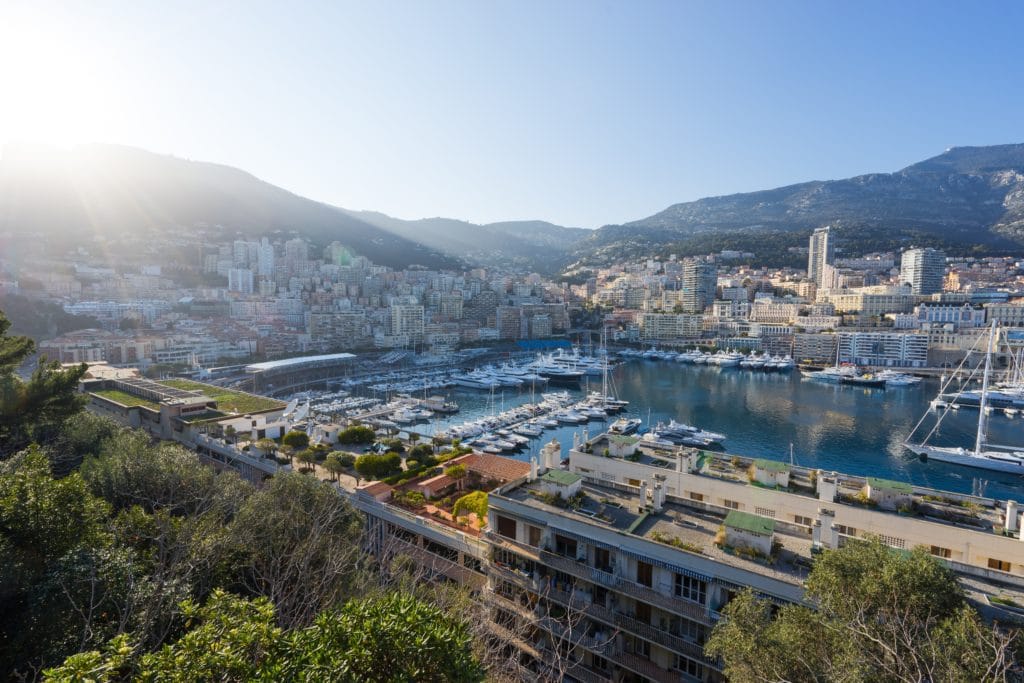It’s a pretty simple question, with an even simpler answer. Can Monaco be doing more for the environment? YES. That “yes,” however, is in no way meant as a dig against the Principality. In fact, Monaco, in its different forms and representations, does quite a lot for the betterment of the environment.
Whether considering the government’s multiple environmental undertakings, the Prince Albert II of Monaco Foundations various missions & causes, or the intervention of Prince Albert II himself at different functions around the world, Monaco has affirmed itself as a conscientious country. And even though we could go on congratulating the Rocher on its environmental efforts, we find it more constructive to examine how the city-state with the highest GDP per capita in the world can be doing more.
Let’s take a look at a list of domains wherein Monaco in its various forms has decided to engage in pro-environment activity:
Waste management
Currently, Monaco is engaged in an intense debate around waste management. Having employed an incineration plant for almost 40 years, the National Council has recently voted to both close this plant and review new measures for the best possible technology to replace incineration. The Fontvieille incinerator reportedly produces 34% of the Principality’s CO2 emissions. The reduction of emissions related to waste treatment, and more broadly to waste management, should be a priority for the government.
Indeed, the Principality of Monaco is committed to achieving carbon neutrality by 2050 and reducing its emissions by 30% by 2020, and by more than 50% by 2030. The problem with incineration is that it creates pollutants that are both harmful to the environment and to the human condition. With that in mind, the Monegasque government has not excluded incineration as a possibility for their new plant, which is to be built on the Charles-III islet and made operational by 2025. In that regard, we hope that the government will adopt alternative cleaner methods that are equally as cost effective. Perhaps a ground-up educational tactic can help to reduce the production of such waste in the first place. In a 2018 paper, Mr. Zafar from Alternative Energy News suggests establishing a waste hierarchy to identify the key elements:
1. Reduce
2. Reuse
3. Recycle
4. Waste minimization and recovery of energy from waste by composting, anaerobic digestion, incineration etc.
5. Landfilling
This sort of inside-out approach could provide a solid foothold for propelling the Principality to the next level of clean-city status.
Monaco’s water treatment
Already making efforts to reduce greenhouse gas emissions, the government intends on being insistent on reaching its goals. The Société Monégasque d’Electricité et du Gaz (SMEG) has recently engaged a bid to equip a number of photovoltaic farms in France. The cells would generate between 7 and 8% of the Principality’s energy consumption needs. This initiative falls under the National Pact, which was adopted last January. The pact stipulates that Monaco cut greenhouse gas emissions in half by 2030. To bolster this effort, the Société Monégasque des Eaux recently signed the charter for the deployment of the National Pact for Energy Transition. The SM Eaux is exploring the transformation of gray water to heat buildings. We would like to see effort move along more swiftly. For Monaco to remain at the cutting edge of environmental progress, employing the latest and best in water treatment technology will help propel this progress.
Marine life and port environments
Monaco’s is the first port on France’s Côte d’Azur to obtain double ISO certification. The Monégasque green port strategy has proved to be ambitious and fruitful. The SEPM’s vision of sustainability in conjunction with the region’s dynamic business environment has made the Port of Monaco a beacon on a hill for other similar transport hubs. This, however, does not overshadow the multiple small mishaps that the port and coastline have experienced this past year. Whether it be the mortality of the protected large mother of pearl in the Principality, or the equally protected brown grouper, which were found dead by the dozen along the Monegasque coastline. There are clear markers of pollution’s effects on the water. With Monaco as a yachting destination for the entire world, efforts will have to be doubled in order to maintain the quality of the government’s commitments to keeping its waters safe for visitors above and below surface alike.












